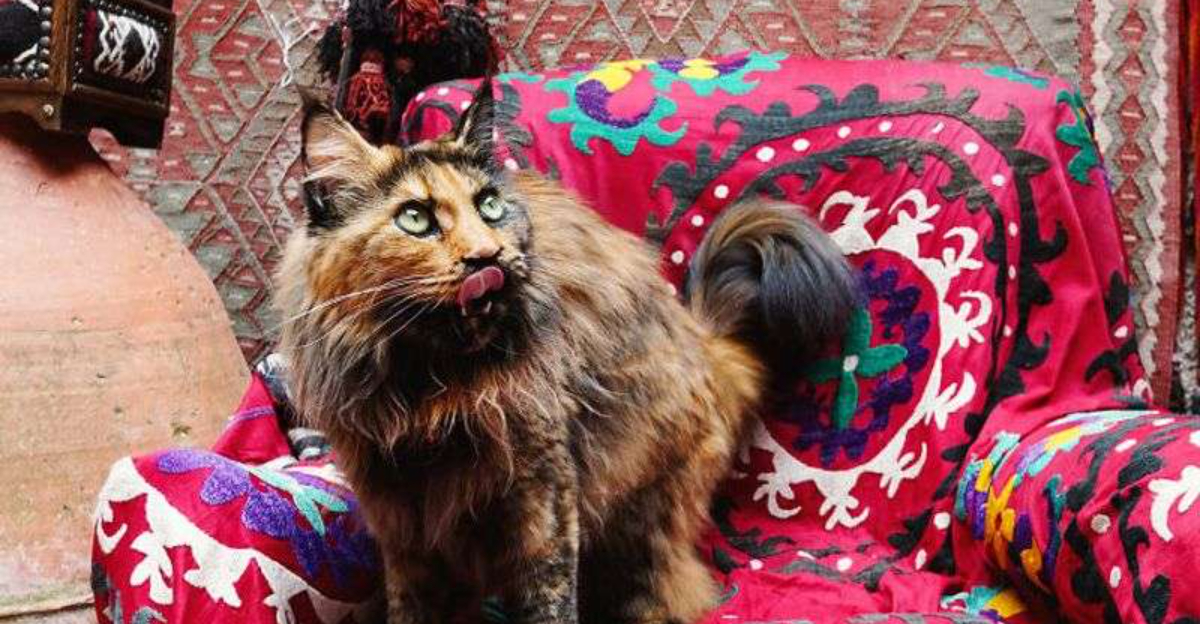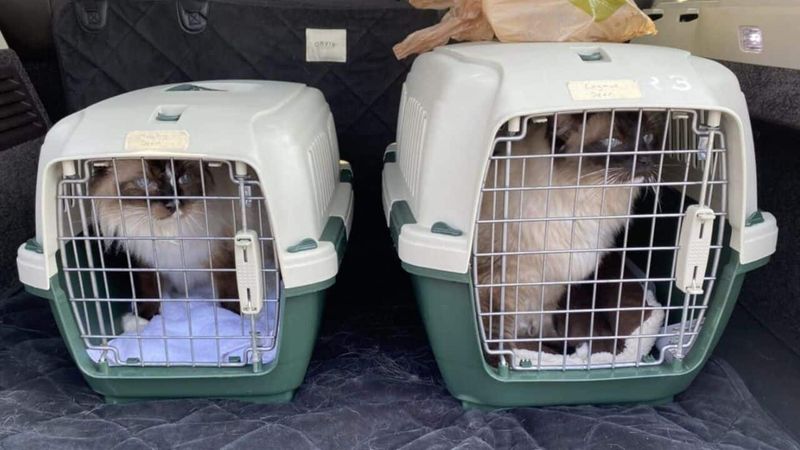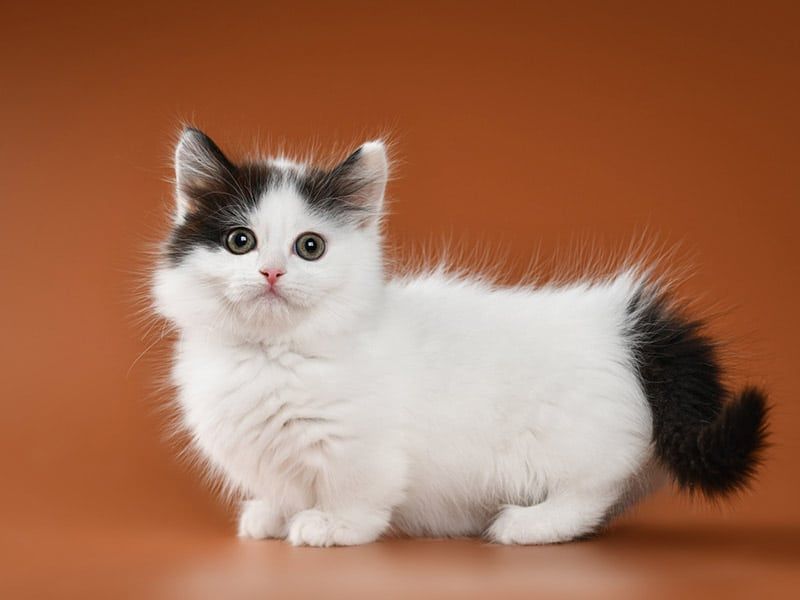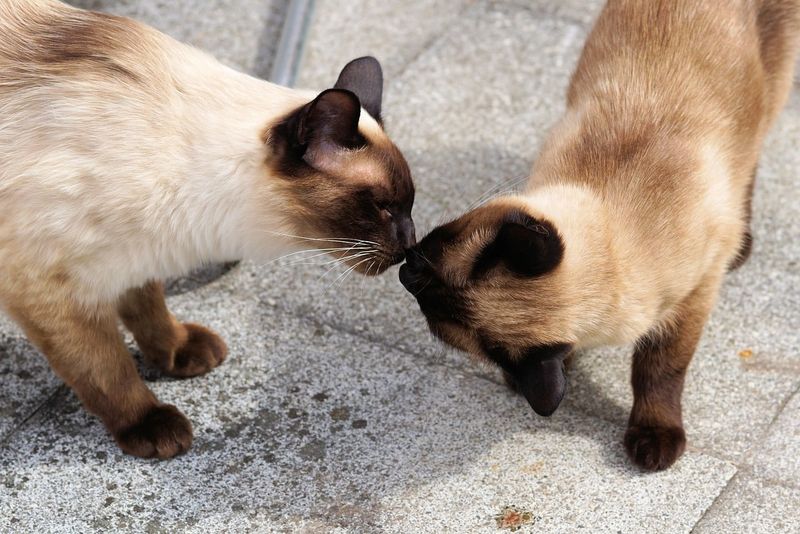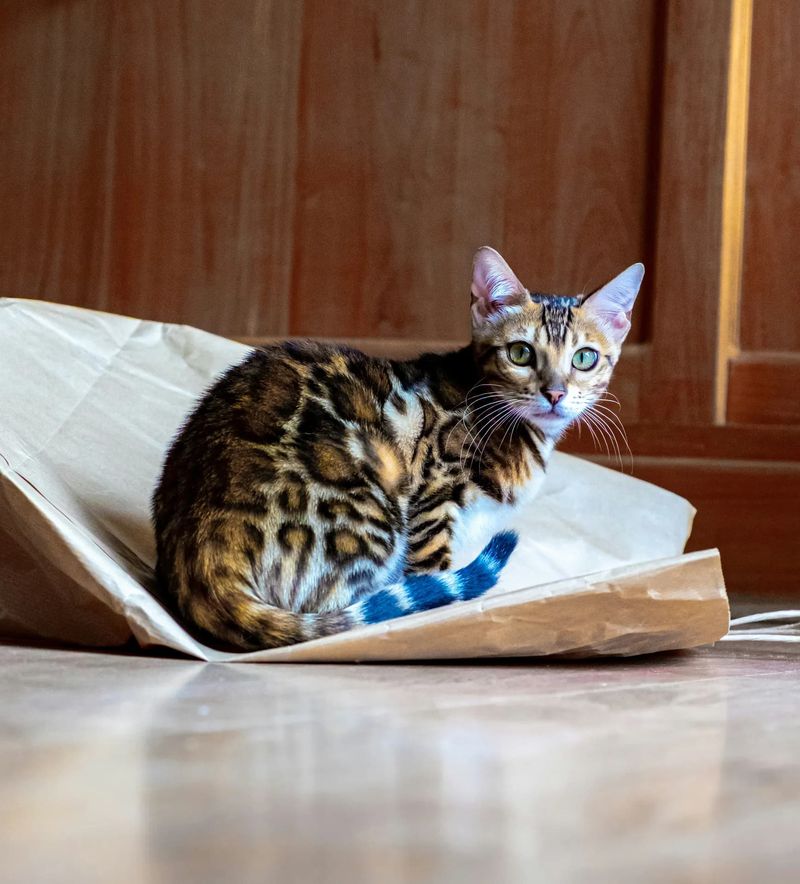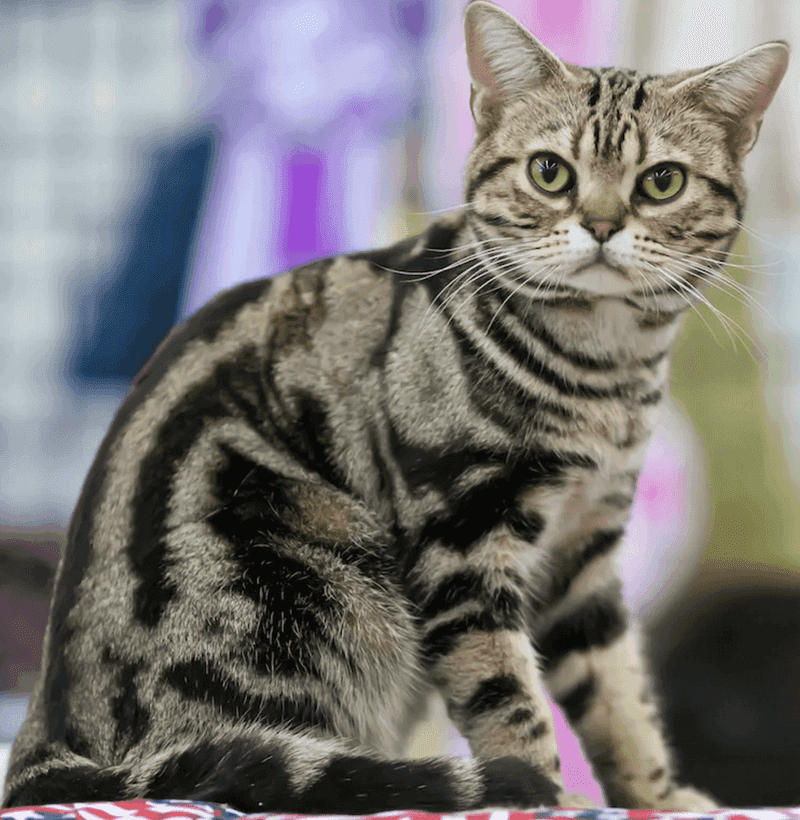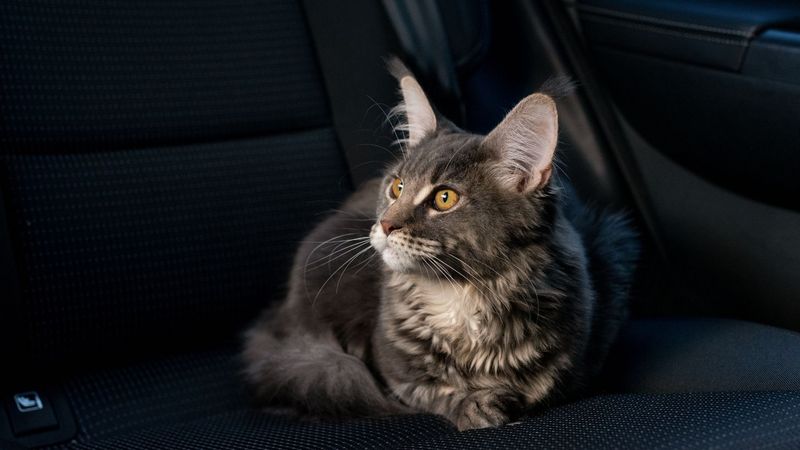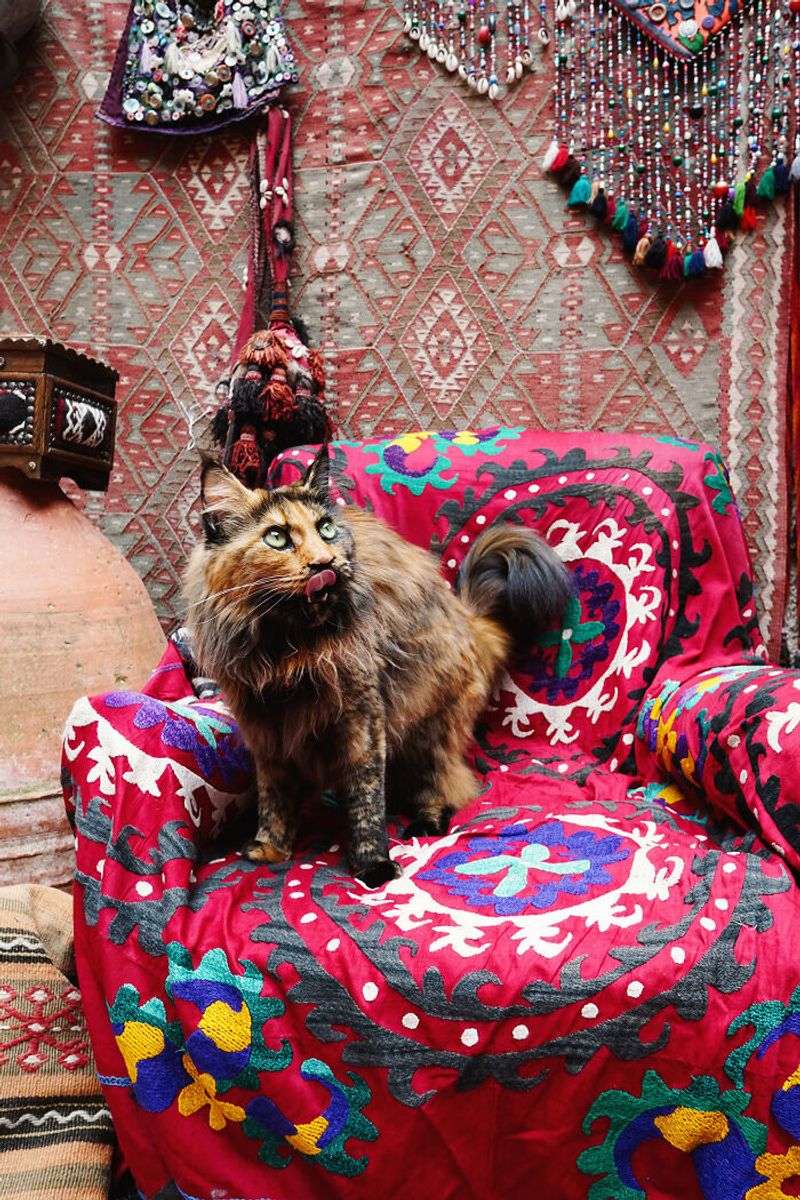📖 Table of Content:
For cat lovers who can’t sit still, the idea of traveling with a feline companion is both heartwarming and challenging. Whether you’re a digital nomad, an RV adventurer, or simply someone who enjoys frequent weekend getaways, choosing the right cat breed can make or break the experience. While not all cats are natural wanderers, some breeds adapt surprisingly well to the ever-changing nature of life on the move.
The secret to seamless travel with a cat lies in understanding the traits that make certain breeds more adaptable than others. A calm demeanor, openness to change, and physical traits like compact size or low-shedding fur are just some of the characteristics that matter. You’ll want a companion that doesn’t just tolerate your lifestyle—but thrives in it.
In this article, we’ll walk you through the top 8 essential tips for picking a travel-friendly cat breed. From temperament to trainability, and grooming needs to social compatibility, these insights will help you make an informed decision. Whether you’re jet-setting abroad or cruising across the country, the right cat can be your perfect copilot. So before you pack your bags, let’s figure out which feline friend is best suited to come along for the ride. Adventure is calling—and your future cat might just be ready to answer.
1. Look for a Calm Temperament
Start by observing how a cat reacts to change—this can speak volumes about its suitability for travel. Some breeds, like the ever-chill Ragdoll, are famous for their dog-like calmness, making them ideal companions in chaotic or unfamiliar environments. You’ll want a cat that doesn’t go into hiding at every strange sound or movement. Nervous or high-strung breeds may struggle with car rides, airport noise, or new hotels. On the flip side, laid-back cats are more likely to relax in a carrier or adapt quickly to new surroundings. Breed alone isn’t the only factor, but it offers a good baseline. When in doubt, look for kittens or adult cats who demonstrate curiosity over fear when faced with new situations.
2. Consider Size and Portability
Smaller and mid-sized cat breeds are often more manageable when you’re navigating cramped travel spaces. Unlike larger cats, these breeds fit more easily in airline-approved carriers, car seats, or even on your lap. Portability can mean less stress for you and your feline, especially during long layovers or bumpy rides. For example, the Singapura, one of the smallest cat breeds, weighs in at just four to six pounds and is a breeze to transport. Even medium-sized cats like the British Shorthair offer a solid balance between comfort and manageability. Think about the weight and dimensions of your cat when choosing gear like carriers and harnesses. Compact cats can also adjust faster in smaller accommodations like RVs or tiny hotel rooms.
3. Prioritize Social and Affectionate Natures
Choosing a breed that enjoys human company will make travel more rewarding for both of you. Some cats, like the chatty and affectionate Siamese, actually crave interaction and tend to bond closely with their owners. These cats are more likely to enjoy being part of your adventures rather than resisting them. Social breeds often become more secure when they’re near their humans, which makes strange places feel less intimidating. On top of that, their friendly nature often makes them more cooperative during travel tasks like harnessing, vet visits, or being crated. If you’re planning to meet new people or travel in groups, having a sociable cat is a huge plus. Their outgoing disposition can help ease transitions and reduce travel-induced anxiety.
4. Evaluate Trainability
Think beyond the litter box—trainability extends to things like leash walking, carrier behavior, and responding to commands. Breeds like the Bengal and Savannah are highly intelligent and often enjoy learning new skills, especially when taught with treats and praise. Training a cat to walk on a leash or stay calm in a car seat can make a massive difference in your travel experience. Smart breeds are more likely to adapt quickly to routines, such as bathroom breaks or quiet crate time. While it might take some patience upfront, the payoff is a more cooperative and confident travel companion. It’s not just about convenience; training also strengthens the bond between you and your cat. In new environments, a trained cat is far more likely to stay calm and safe.
5. Health and Grooming Requirements
Keeping grooming minimal makes things easier when you’re on the road and short on time. Breeds like the American Shorthair or Oriental Shorthair have sleek, low-maintenance coats that rarely tangle or shed excessively. You won’t need to pack a suitcase full of grooming tools or spend hours detangling fur in a hotel room. Plus, cats with fewer breed-specific health issues tend to travel better since there’s less need for medical attention or stress-related flare-ups. It’s wise to research common conditions within any breed you’re considering—especially respiratory or joint issues that might be aggravated by travel. In general, short-haired, healthy breeds will save you from frequent vet visits and complicated grooming routines. Your time and energy should go toward the adventure—not maintenance.
6. Noise Tolerance
Unexpected sounds are an inevitable part of any journey—whether it’s a honking horn, plane engine, or noisy neighbor. Cats like the British Shorthair and Birman tend to be unbothered by loud environments, making them ideal for travel. A noise-tolerant cat won’t dart under the seat or yowl through turbulence. These cats are typically more composed during transit, allowing you to focus on travel logistics rather than constant calming. While individual personality plays a role, breed tendencies can offer a reliable indicator of sound resilience. Exposing kittens to a variety of noises early on can also help improve their tolerance as they age. Calm reactions to sound will keep both of your stress levels low during unpredictable travel moments.
7. Check for Low-Shedding Coats
Simplicity is key when you’re living out of a suitcase, so low-shedding cats can be a real blessing. Consider breeds like the Russian Blue, Cornish Rex, or Sphynx, which leave behind minimal fur and require less cleanup. Traveling with a cat that doesn’t coat your car seats or hotel beds in hair can make a world of difference. This also reduces the likelihood of leaving behind allergens, which is important if you’re staying in shared spaces or hosting guests. Maintaining a clean travel environment leads to less hassle and better hygiene on the road. These breeds often require light grooming, meaning you can pack smaller kits and spend less time on fur management. Fewer furballs, more fun—that’s the goal.
8. Think About Compatibility with Travel Style
Last but not least, match your cat’s traits with the way you like to travel. For example, Norwegian Forest Cats are great for van-lifers or campers thanks to their hardy build and independence, while Devon Rex cats may prefer city stays with frequent human interaction. It’s not just about breed—it’s about lifestyle alignment. A cat that’s perfect for long-term RV travel may not handle international flights as well. Similarly, frequent hotel hoppers may need a cat that quickly acclimates to new indoor environments. The better the match, the smoother your travel experience will be. Think of it as choosing a co-pilot whose comfort and behavior will shape the tone of every adventure.
